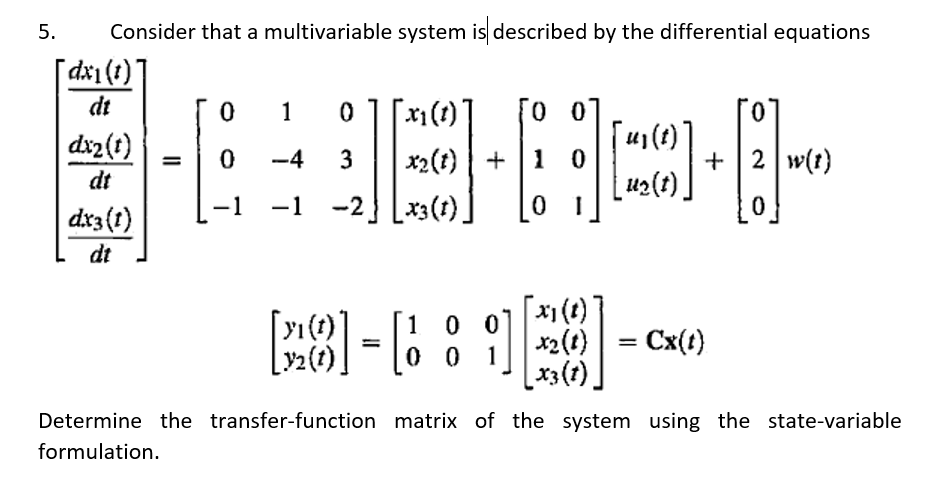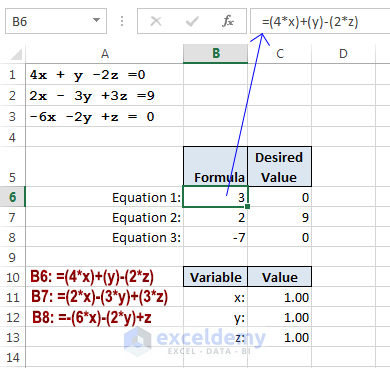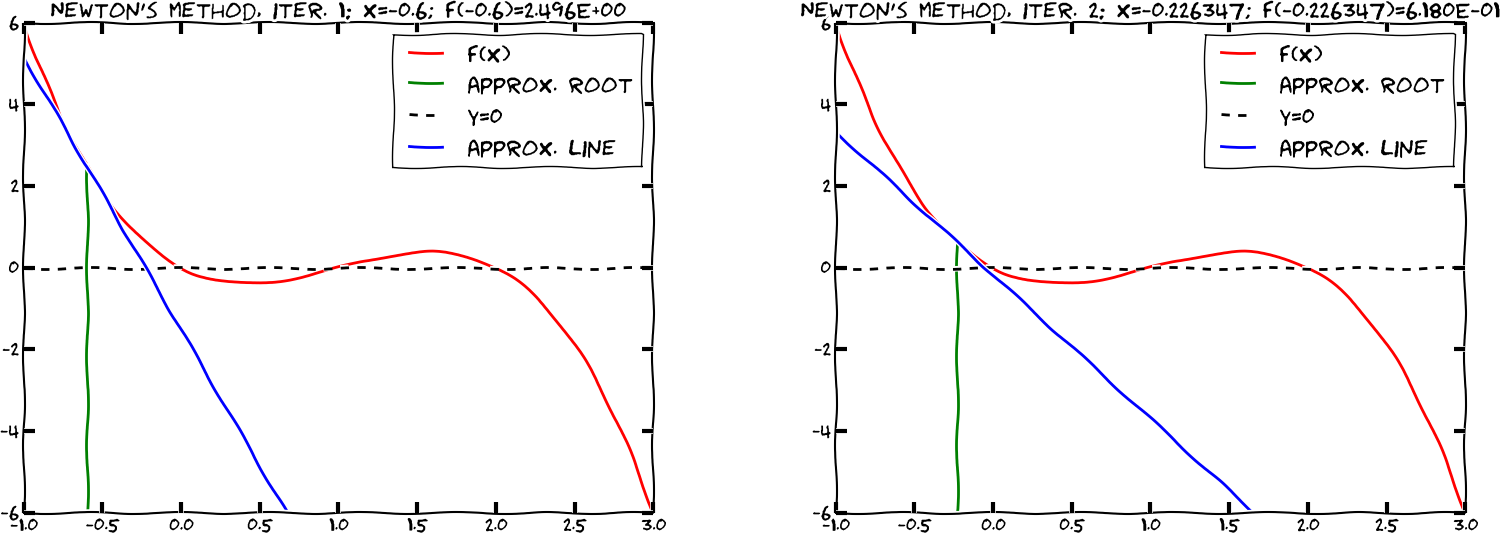
> solve_linear ( x + y + z, exclude = ) (y, -x - z) The second element is the solution, not the denominator).


Never be a symbol unless a solution for that symbol was found (in which case When the numerator was not linear in any symbol of interest n will (n, d) where n and d are the numerator and denominator of f Solution will correspond strictly to a unique solution. Simplification is done to f other than a mul=True expansion, so the (symbol, solution) where symbol appears linearly in the numerator ofį, is in symbols (if given), and is not in exclude (if given). If the first element of the tuple is not zero, then theįunction is guaranteed to be dependent on a symbol in symbols. (0, 0) meaning that there is no solution to the equation amongst the (0, 1) meaning that f is independent of the symbols in symbols Return a tuple derived from f = lhs - rhs that is one of solve_linear ( lhs, rhs = 0, symbols =, exclude = ) ¶ The output varies according to the input and can be seen by example:įor solving recurrence relationships dsolveįor solving differential equations. Systems containing relational expressions Systems of linear and polynomial equations Return explicit solutions (if possible) when quintic expressions Return explicit solutions when quartic expressions are encountered. When False, quartics and quintics are disabled, too. Return explicit solutions when cubic expressions are encountered. Guaranteed to find the largest number of zeros possible). Solution with many zeros (instead of using the very slow method When using particular=True, use a fast heuristic to find a System with as many zeros as possible this is very expensive. Instructs solve to try to find a particular solution to a linear Needed if the pattern is inside of some invertible function Other functions that contain that pattern this is only manual=True (default is False)ĭo not use the polys/matrix method to solve a system ofĮquations, solve them one at a time as you might “manually.” implicit=True (default is False)Īllows solve to return a solution for a pattern in terms of If theįlag is False then nothing will be done to the Floats. Rationals but the answer will be recast as Floats. If rational=None, Floats will be recast as System containing Floats may fail to solve because of issues Recast Floats as Rational if this option is not used, the Make positive all symbols without assumptions regarding sign. General simplify function on the solutions and theĮxpression obtained when they are substituted into theįunction which should be zero.

Returning them and (if check is not False) use the Simplify all but polynomials of order 3 or greater before Show a warning if checksol() could not conclude. minimal=True (default is False)Ī very fast, minimal testing. numerical=True (default)ĭo a fast numerical check if f has only one symbol. Useful if you want to include solutions that make anyĭenominator zero. If False, do not do any testing of solutions.
MULTIVARIABLE SYSTEM OF EQUATIONS SOLVER FREE
If expressions are given, the free symbols in them willīe extracted automatically. exclude= (default)ĭo not try to solve for any of the free symbols in exclude Return list of symbols and set of tuple(s) of solution(s). It didn't look as neat as the previous solution, but it does show us that there is more than one way to set up and solve matrix equations.Return list (perhaps empty) of solution mappings. In fact it is just like the Inverse we got before, but Transposed (rows and columns swapped over).

Then (also shown on the Inverse of a Matrix page) the solution is this: The rows and columns have to be switched over ("transposed"): I want to show you this way, because many people think the solution above is so neat it must be the only way.Īnd because of the way that matrices are multiplied we need to set up the matrices differently now. Quite neat and elegant, and the human does the thinking while the computer does the calculating.įor fun (and to help you learn), let us do this all again, but put matrix "X" first. Just like on the Systems of Linear Equations page. Then multiply A -1 by B (we can use the Matrix Calculator again): (I left the 1/determinant outside the matrix to make the numbers simpler) It means that we can find the values of x, y and z (the X matrix) by multiplying the inverse of the A matrix by the B matrix.įirst, we need to find the inverse of the A matrix (assuming it exists!) Then (as shown on the Inverse of a Matrix page) the solution is this:


 0 kommentar(er)
0 kommentar(er)
